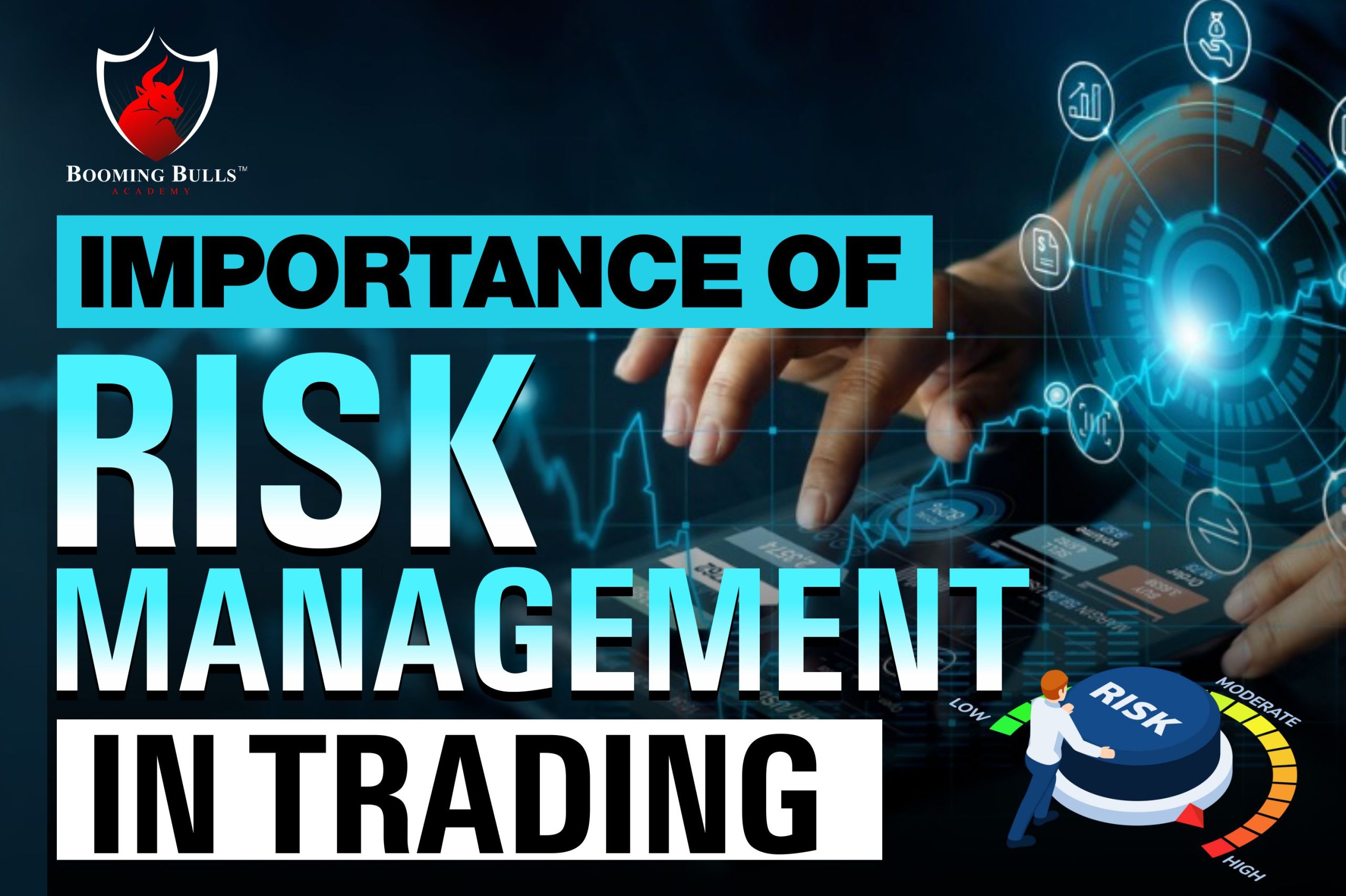Exploring the Sustained Benefits and Importance of Risk Management for Startups
Exploring the Sustained Benefits and Importance of Risk Management for Startups
Blog Article
Discovering the Value of Risk Management for Effective Decision-Making Methods
In the complex globe of business, Risk Management arises as a critical element in the decision-making procedure. The capacity to identify potential dangers and possibilities, and strategize appropriately, can spell the difference in between success and failure.
Comprehending the Principle of Risk Management
Risk Management, an essential element in decision-making, is commonly misconstrued or oversimplified. Generally, it refers to the identification, assessment, and prioritization of dangers to lessen, keep an eye on, and manage the likelihood or influence of unfavorable occasions. Nevertheless, it's not simply regarding protecting against adverse end results, yet likewise regarding recognizing potential opportunities. Risk Management includes regimented and structured strategies, utilizing information and insightful assessments. It requires an extensive understanding of the organization's context, goals, and the possible threats that can thwart them. From monetary uncertainties, legal obligations, critical Management errors, to mishaps and natural catastrophes, it attends to numerous dangers. Importantly, efficient Risk Management is not stagnant; it's a continual, progressive process that advances with transforming situations.
The Function of Risk Management in Decision-Making Processes
In the world of tactical planning and business operations, Risk Management plays an important function in decision-making processes. Risk Management hence comes to be a crucial device in decision-making, aiding leaders to make enlightened choices based on an extensive understanding of the dangers entailed. Risk Management offers as an important component in the decision-making procedures of any type of organization.

Exactly How Risk Management Improves Strategic Planning
In the context of calculated planning, Risk Management plays a crucial function. Initiating with the recognition of prospective dangers, it additionally reaches the application of Risk mitigation steps. The function of Risk Management is dynamic but not fixed, as it demands constant tracking and adjusting of methods.
Recognizing Prospective Risks

Carrying Out Risk Reduction
Having actually developed the relevance of identifying potential threats, the next step is to check out Risk reduction. This process involves developing and carrying out methods to take care of determined dangers successfully. It is a critical facet of calculated preparation as it improves decision-making by reducing potential negative end results. Risk reduction methods can range from Risk evasion, Risk transfer, to take the chance of reduction. Each technique ought to be tailored to the certain Risk, considering its prospective influence and the company's Risk tolerance. Moreover, reliable Risk mitigation needs a deep understanding of the Risk landscape and the prospective effect of each Risk. This understanding enables companies to prioritize threats and designate resources effectively, making certain that one of the most significant hazards are attended to first.
Monitoring and Readjusting Methods
Though Risk mitigation is a vital step in tactical preparation, constant monitoring and change of these approaches is similarly important. This recurring process allows companies to recognize new dangers and reassess existing ones, ensuring the applied methods remain efficient in the ever-changing business atmosphere. It additionally supplies a possibility to assess the success of the Risk Management actions, enabling adjustments to be made where needed, further boosting tactical preparation. Reliable tracking and change call for using analytics and vital efficiency indications (KPIs) to determine efficiency. These devices offer beneficial data-driven insights that can educate critical decision-making. Tracking and readjusting Risk Management techniques is an important part for boosting a company's strength and critical preparation.
Case Studies: Effective Risk Management and Decision-Making
Worldwide of business and finance, effective Risk Management and decision-making commonly work Homepage as the pillars of prosperous enterprises. One such entity is an international oil business that alleviated monetary loss by hedging against fluctuating oil rates. In an additional circumstances, a tech startup grew by recognizing and approving risky, high-reward methods in an unstable market. A worldwide bank, encountered with governing uncertainties, effectively navigated the circumstance with positive Risk analysis and dynamic decision-making. These cases highlight the value of astute Risk Management in decision-making processes. It is not the absence of Risk, yet the Management of it, that commonly differentiates successful business from not successful ones. These instances underscore the important role of Risk Management in critical decision-making. importance of risk management.
Tools and Strategies for Reliable Risk Management
These tools, such as Risk signs up and heat maps, aid in identifying and examining potential dangers. Risk response methods, an essential part of Risk Management, include accepting, avoiding, moving, or mitigating risks. With these strategies and devices, decision-makers can browse the complicated landscape of Risk Management, therefore promoting educated and efficient decision-making.
Future Patterns in Risk Management and Decision-Making Approaches
As we discover the large landscape of Risk Management, it comes to be apparent that the techniques and devices used today will certainly continue to advance. The concept of Risk culture, where every participant of an organization is mindful and included in Risk Management, will certainly get extra importance. These fads advertise an even more proactive and comprehensive strategy in the direction of Risk Management and decision-making.
Final thought

Risk Management hence comes to be a vital device her latest blog in decision-making, assisting leaders to make informed choices based on an extensive understanding of the risks entailed. Risk mitigation approaches can vary from Risk evasion, Risk transfer, to take the chance of decrease (importance of risk management). Effective Risk mitigation requires a deep understanding of the Risk landscape and the potential influence of each Risk. Risk reaction strategies, a vital element of Risk Management, involve approving, avoiding, moving, or mitigating dangers. The principle of Risk culture, where every participant of an organization is mindful and included in Risk Management, will obtain extra importance
Report this page